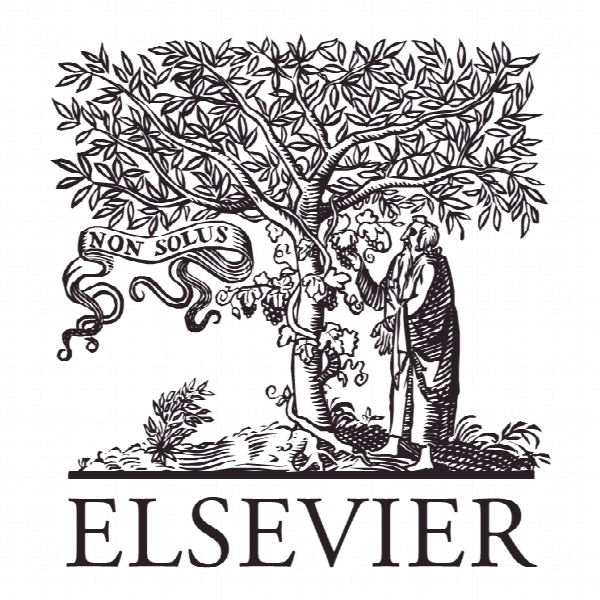اثر اطلاعات نامتقارن بر نتایج بازار کالا The effect of asymmetric information on product market outcomes
- نوع فایل : کتاب
- زبان : انگلیسی
- ناشر : Elsevier
- چاپ و سال / کشور: 2017
توضیحات
رشته های مرتبط اقتصاد
گرایش های مرتبط اقتصاد مالی
مجله اقتصاد مالی – Journal of Financial Economics
دانشگاه Kelley School of Business, United States
نشریه نشریه الزویر
گرایش های مرتبط اقتصاد مالی
مجله اقتصاد مالی – Journal of Financial Economics
دانشگاه Kelley School of Business, United States
نشریه نشریه الزویر
Description
1. Introduction Does a firm’s financial information environment affect its outcomes in product markets? The answer to this question is crucial to both the finance and industrial organization literatures. It has potential implications for corporate disclosure policy as well as industry competitive dynamics and equilibria. It also speaks to the relevance of finance for real outcomes. And while theoretical work suggests a link, to date empirical evidence is lacking. On the theory side, Bolton and Scharfstein (1990) posit that asymmetric information (between investors and managers) makes it difficult for investors to verify actual realized profits.1 Therefore, greater asymmetric information will cause investors to write optimal contracts designed to prevent resource diversion; however, this necessarily tilts the optimal contract towards inviting greater predation.2 In particular, when outside investors set tighter performance contingencies to mitigate managerial agency costs, they simultaneously limit the manager’s ability to respond to competitive threats, thereby increasing rivals’ strategic opportunities to prey. We test Bolton and Scharfstein’s (1990) model, while also recognizing and resolving endogeneity concerns. Specifically, a simple exploration of the relation between proxies for asymmetric information in financial markets and market share outcomes in product markets is fraught with selection concerns. To illustrate by example, consider less competitive industries. Firms with competitive advantages that create entry barriers are potentially insulated from the adverse effects of asymmetric information on product market outcomes. This could manifest in higher market shares and contemporaneously higher asymmetric information, either because the firm does not find it to be costly (passive higher opacity) or because they actively choose to be opaque precisely to protect competitive advantages.3 These could lead to a positive observed relation between asymmetric information and market share, despite the theoretically negative one in Bolton and Scharfstein (1990). Indeed, as we show below, the average relation between firm asymmetric information and product market share (in a full panel) is positive and significant.


